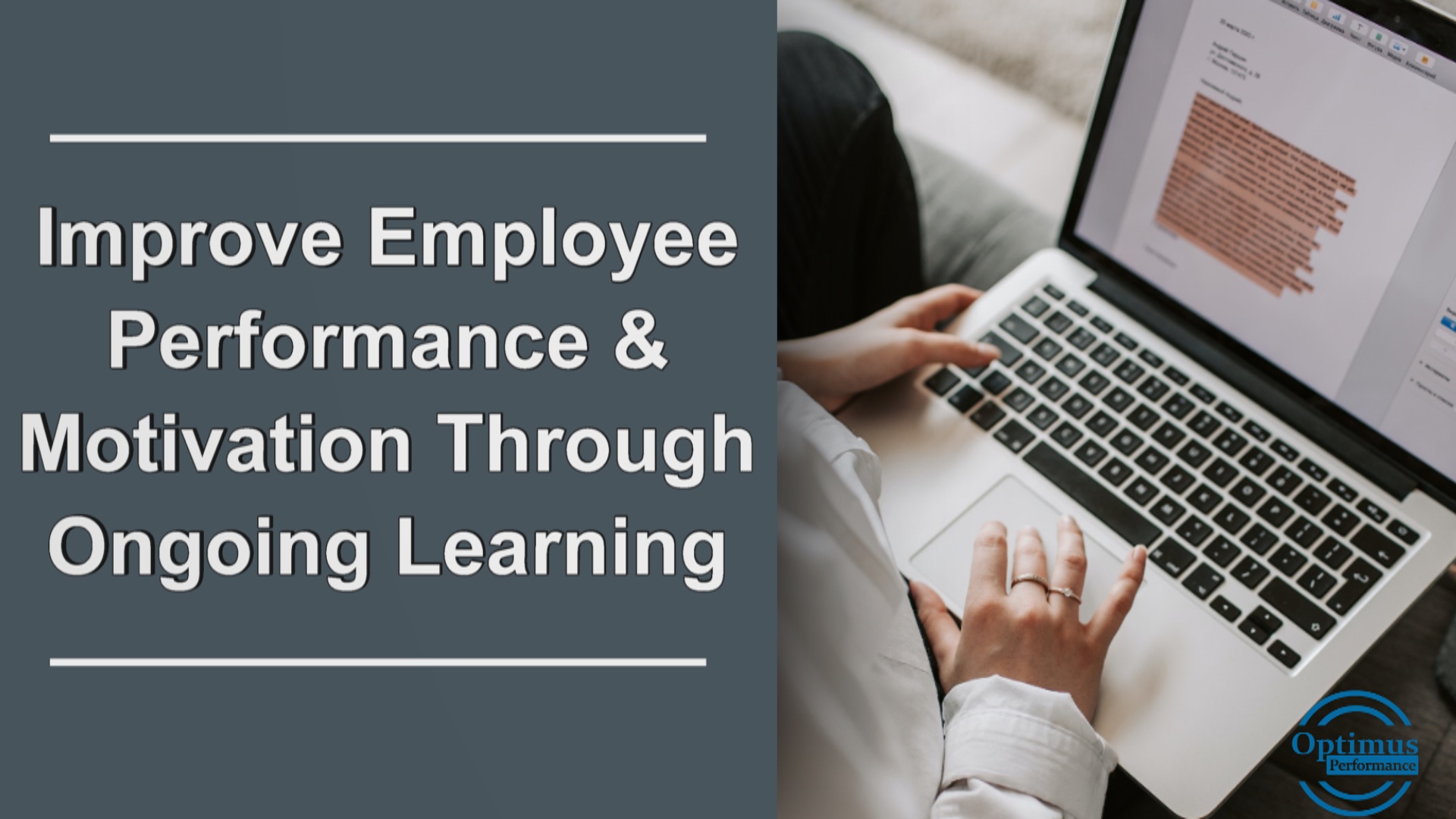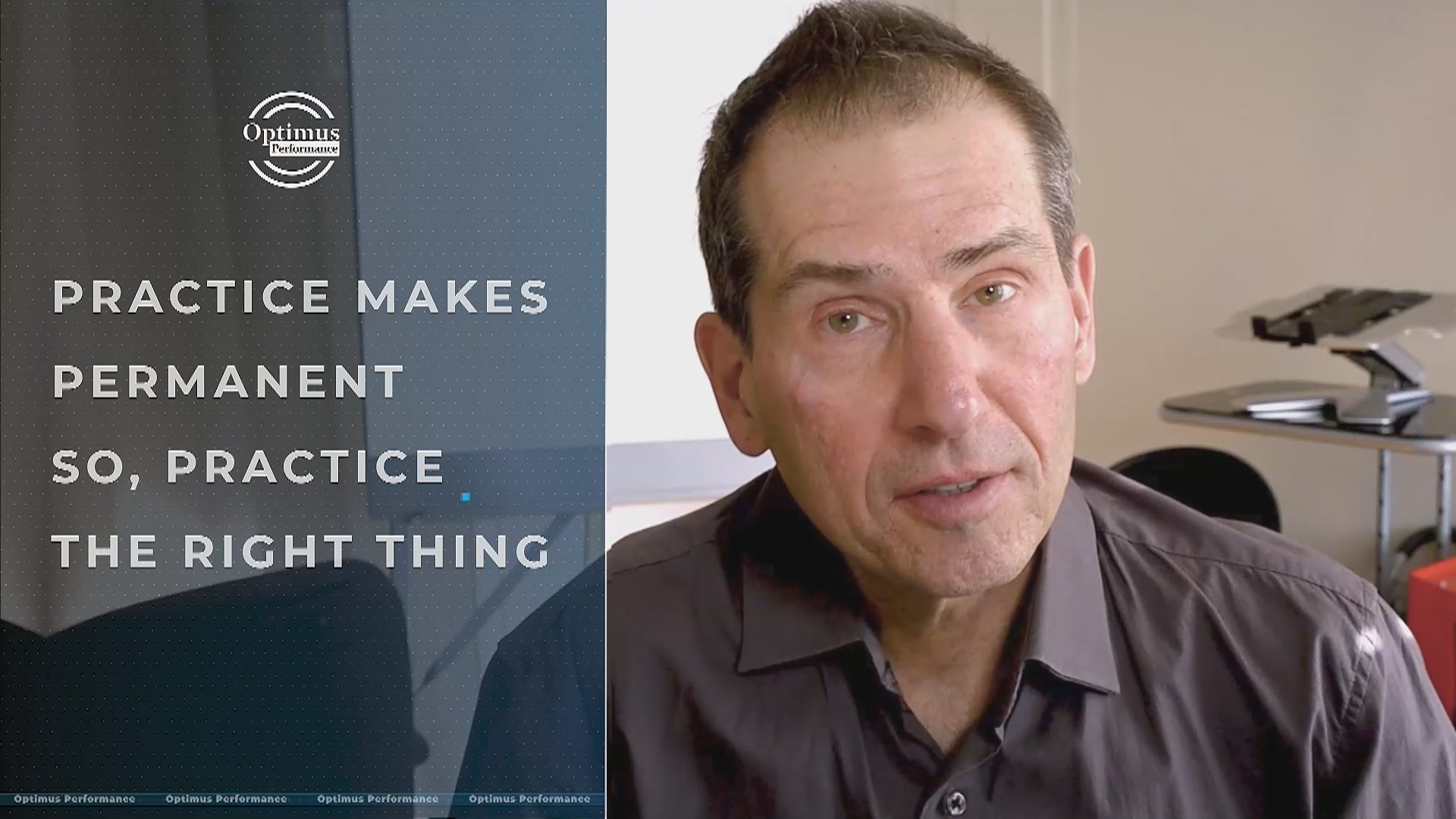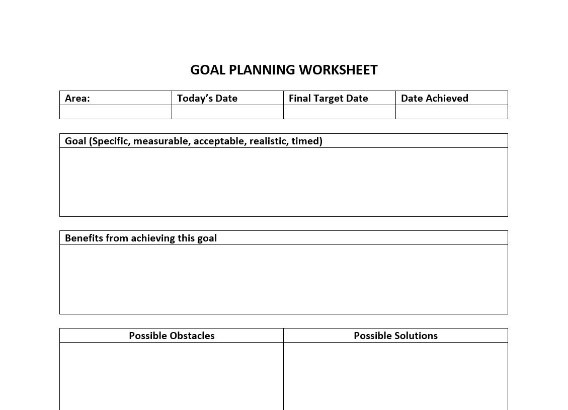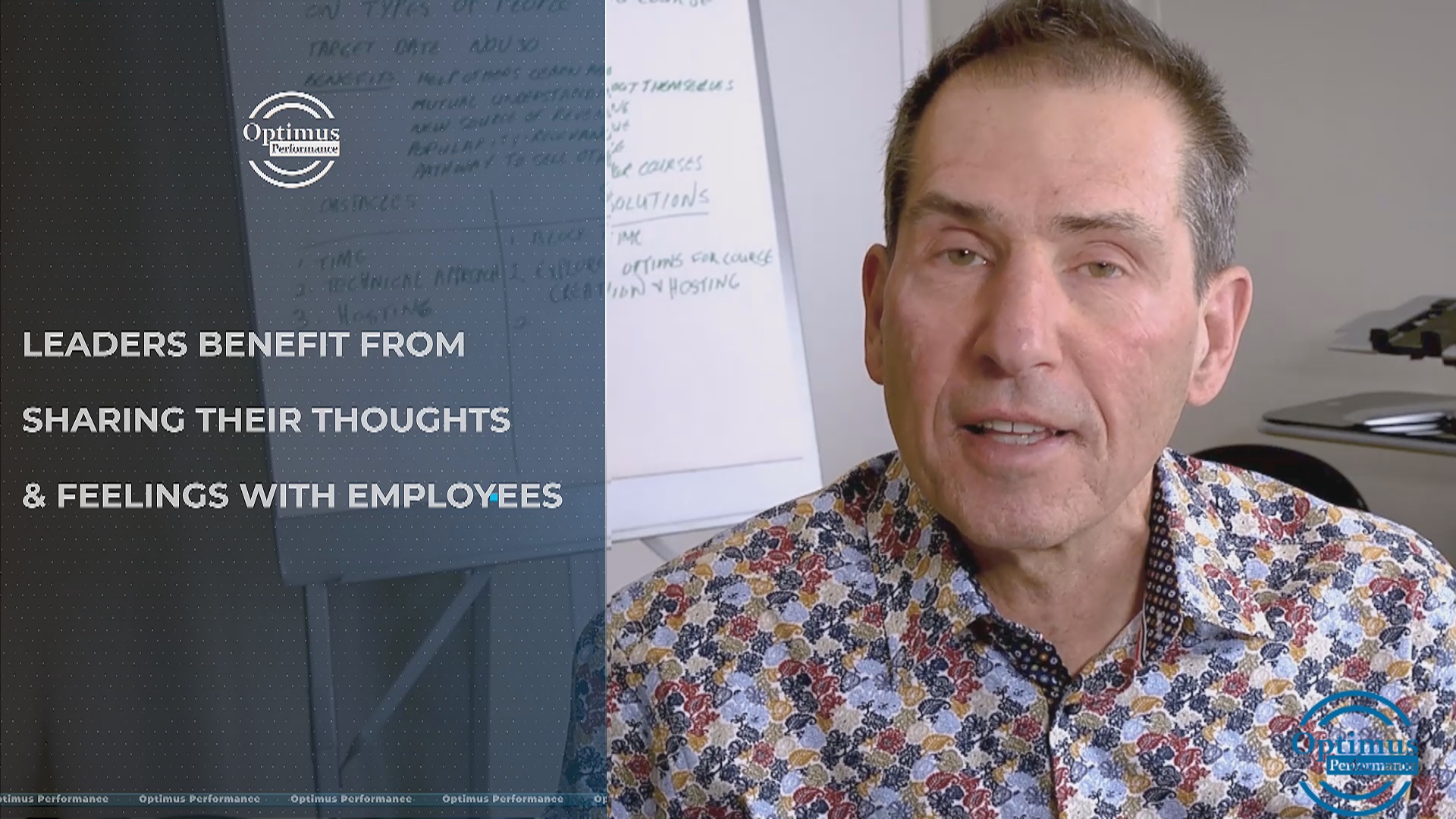Ongoing learning is a must for having employees improve performance and to keep the work interesting. I recently experienced this myself as I was becoming lethargic about one project that I had been excited about not too long ago.
I am working on an online learning training and was feeling overwhelmed by the task and confused about which software to use to develop one key module. I had decided on PowerPoint but was not fully convinced this was the best tool for this purpose.
I received an email from Training Mag about online webinars and training programs to make eLearning interactive, which is what I was concerned about.
After participating in just one webinar I found myself excited again and ready to dive back into my project. I also found that learning something new and clarifying my thinking about which tool to use, lifted a weight off my shoulders. This caused me to feel less stressed and happier. Now I look forward to the time I have set aside to work on my project.
All this to say that continuous learning is incredibly important especially in this age of knowledge workers where technology is constantly driving change. But even without external forces everyone can find something to be better at.
Everyone is using some tool to get their work done. How well do they know the tool? I know for a program like PowerPoint, I am only using it to perhaps 50% of what it can do for me. If I just learned to use 10% more of it’s potential, I would be more knowledgeable, productive, confident and known for being a cut about the average in PowerPoint design. This makes me feel good about myself.
One way to choose the right training for an employee is to look at their role description and for their key tasks list down the software or tools they need to use. Have a discussion with each employee and agree on which program or tool would be beneficial for them and the organization if they know it better.
There are so many online courses today for all types of software and subject matter. Many offer an analysis of one’s current knowledge to evaluate which level of training would be suitable. There are also standalone tests for software that are available for free.
A team training analysis could also be done to determine what training would benefit the team as a whole. If there is a new project coming there is usually some new things for everyone to learn and learning as a team can also boost team spirit.
Or there might be some problem within a specific team that training might solve. But be careful at throwing training at a problem as there could be other driving factors that training will not solve.
Employees are sometimes resistant to taking new training or courses especially if they are already stressed and feeling overworked. If that is the case, you have an opportunity to help the employee find solutions either through coaching or learning how to deal with whatever is causing the stress or situation. The key as a leader or manager is to be proactive in providing ongoing learning opportunities and make sure that employees see how they will benefit. Improving a skill to become even better at it is a marketable asset that everyone should be thinking about.




